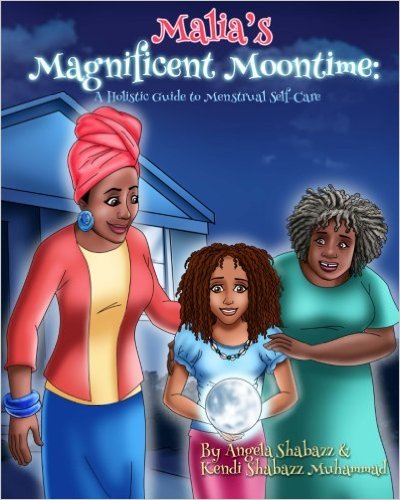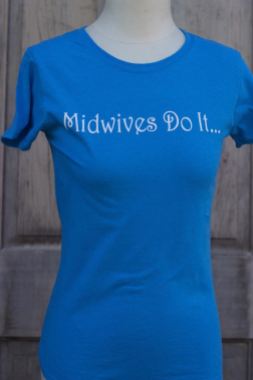It is fitting that the 9th International Black Midwives and Healers Conference (IBMHC) 2015 will be commemorated in Portland, Oregon, because Portland is also the headquarters of the International Center for Traditional Childbearing (ICTC) and the original site of the first IBMHC in 2002.
The ICTC is seeking presenters for the 9th International Black Midwives and Healers Conference (IBMHC), “Honoring Our Past, Embracing Our Future.” The conference is October 9-11, 2015 in Portland, Oregon, the headquarters of the International Center for Traditional Childbearing (ICTC) and the original site of the first IBMHC in 2002.
More than three-hundred attendees comprised of midwives, nurses, physicians, public health professionals, community health workers, lactation consultants, doulas, birth workers, and students representing over ten countries, will gather in Portland in October at the University Place and Conference Center in downtown Portland.
The conference is an important convening to engage with one another and create safe spaces to develop solutions to a number of key issues, including: diversifying the midwifery, doula and birth worker workforce; creating employment opportunities in community-based outreach and care for women of color, with the multiplier effect of helping to eliminate poverty; reducing infant and maternal mortality in communities of color; discussing advocacy for breastfeeding practices and engaging our young people to enter midwifery; addressing the field of birth work through the lens of civic engagement; and understanding the global community of maternal, newborn and infant needs.
According to the Center for Disease Control (CDC) 24,000 infants died before their first birthday. This is called infant mortality. The infant mortality rate is two and half times higher for African American infants compared to Caucasian infants. According to Amnesty International’s “Deadly Delivery,” women of color suffer disproportionate rates of maternal mortality (www.amnestyusa.org). And the 2011 Oregon Black Birth Survey quantitative analysis revealed that over thirty percent of black women felt unsafe, frightened or discriminated against during the birth of their baby (www.ictcmidwives.org). Convening a conference of Black midwives, doulas, birth workers, physicians and nurses, is a critical step to addressing the health inequities that create these persistent disparities in the Black community.
The conference will address the impact of racial inequity on birth outcomes in communities of color and the underrepresentation of birth workers of color in health care institutions and schools. While the research shows that midwives lower the infant mortality rate, there remains a shortage of midwives of color to service their communities in culturally appropriate ways that improve birth outcomes. “Currently the national profile of midwives is majority white women, with less than 2% being black women with only 13% black women being served by certified nurse midwives (CNMs) compared to 57% of white women being serviced by CNMs.” (Goode, K.L., 2014).
The ICTC invites midwives, birth workers, lactation consultants, educators, credentialing organizations and policy makers to create strategies to increase enrollment of people of color into the midwifery, doula and birth worker professions. Over three days, the midwifery model of care for better birth outcomes will be highlighted with increased civic engagement to promote cultural competency, with an emphasis on racial equity to reduce infant and maternal mortality. It will celebrate the past accomplishments of midwives of color and embrace the future of midwifery and doulas in communities of color to improve birth outcomes.
The conference agenda aligns with the latest research by the March of Dimes on strategies for decreasing health disparities include:
* Using educational approaches that serve the needs of diverse populations
* Ensuring cultural competence among health care institutions and professionals
* Maintaining diversity within the health care team
* Conducting research to better understand the needs of patients from various cultural groups (March of Dimes ©2010)
The 9th International Black Midwives and Healers Conference is endorsed by local, national and international partners: Sister Song, Midwives of Color Committee/ACNM African Alliance of Midwives; Oregon Midwifery Council (OMC); International Cesarean Awareness Network (ICAN); Midwives Alliance of North America (MANA); Doulas of Color; Doula Caribe Internacional; Muslim Midwives, Doulas and Childbirth Educators; the National Association of Professional and Peer Lactation Supporters of Color (NAPPLSC), and Shafia Monroe Consulting.









